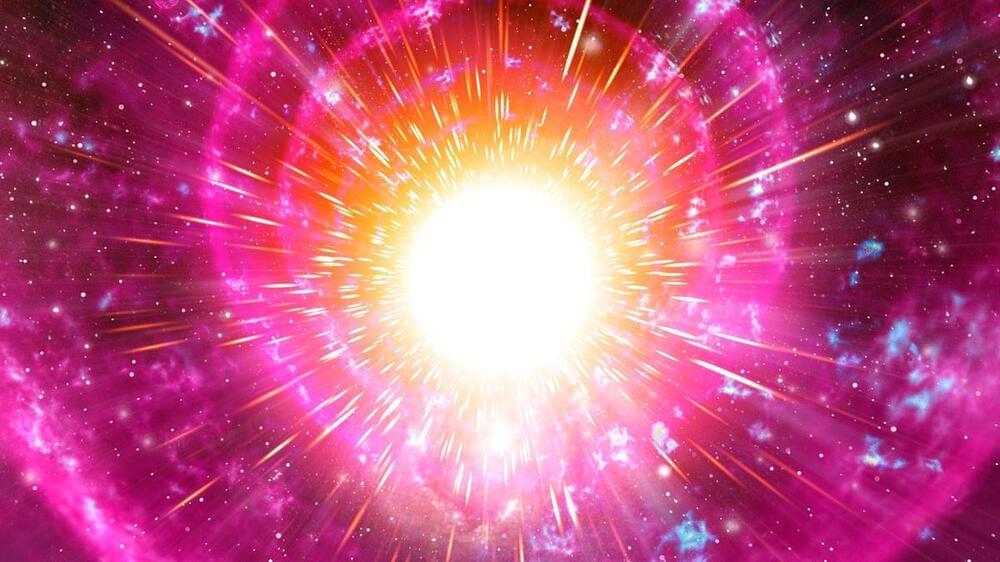QNTYM Railway is a ‘software level’ application that can be deployed on current hardware meaning there will be no need for changes in physical network infrastructure (hardware). The QNTYM Railway is an inherently quantum secure, self-defending, resilient, digital infrastructure capable of lightning-fast speed with a significant sustainability proposition. From a command & control standpoint, the QNTYM Railway is also integrated with leading vendors where users can benefit from having threat intel, vulnerability, device & incident response management capabilities all automated and in one place, hence reducing complexity.
In terms of speed, the QNTYM Railway has demonstrated consistent throughput speeds of 350+ Mbit/s, (and above). The QNTYM Railway provides integration and interoperability that is in a class of its own allowing technology to reach new levels. For the past year, QDEx Labs has been stress-assessing the QNTYM Railway across three interconnected cloud environments (AWS, Google Cloud, and Azure); they found that not only are they consistently experiencing the minimum requirement of 250 Mbit/s for 8k video streaming, but they are also, in fact, recording data streams reaching 3 to 4 times that amount with little to no processor load and added latencies in the microsecond (NOT millisecond) range.
The bottom line is that this architecture has now proven capable of hosting an ultra-realistic 3D metaverse. Results like these are something that Web3 and Metaverse projects currently lack and will require.







